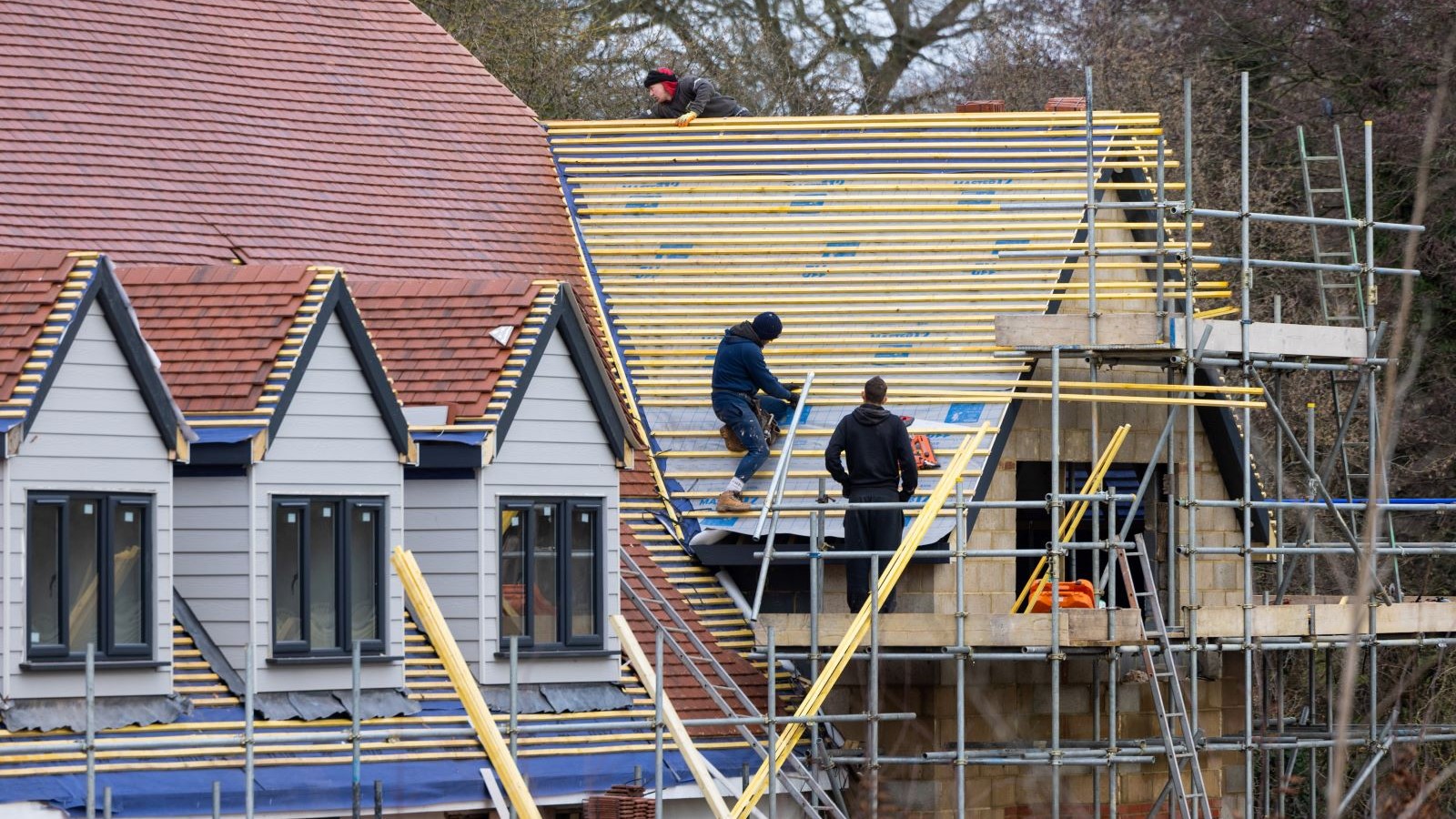Building notice vs full plans approval: We look at your building regulation options
If you need building regulations sign off for your project, there are two routes you could take. Here, our expert explains both – building notice and full plans approval – so you can make the best choice between the two

When building a construction project such as a new house or extension, building regulations approval must be secured. The building regulations set the minimum standards that must be achieved and by getting approval you can be assured your project will meet health and environmental standards, as well as being safe to live in.
Building regulation approval is usually obtained from the local authorities building control department or via a specialist company called an approved inspector. Building regulations approval can be secured by one of two types of applications: full plans approval or a building notice. Whilst the fees for both application routes are the same, the process and timelines are very different, and each option is only suitable for certain types of building projects.
Here we take a deep dive into both the routes so you can weigh up which option might be better suited to your project.
Building notice
Under a building notice, the construction work can begin once the inspector has been notified of the project and its start date by submitting the appropriate forms.
The process is very straightforward and does not require any building regulations drawings to be submitted with the application other than a location plan. Sounds simple, and it is, but in reality, obtaining building regulation approval under a building notice for anything other than a small project is very risky.
How a building notice route works
The principle of the building notice is that the inspector checks the construction work as it progresses. Inspections are carried out at key stages such as foundation excavation, building the over site or before any first fix work is covered over by plasterboarding. At each inspection, the inspector will check the work for compliance with the regs and may ask for additional information to support what’s being built on site.
The cons of a building notice route
Whilst the building notice sounds incredibly convenient, there are disadvantages. As there’s no prior review of the design and as the inspections are retrospective, you won't know if the building work is compliant until it’s actually built. Provided your builder is competent and knows what’s required, this shouldn’t be a problem, but if the inspector finds problems, putting the work right could prove expensive.
Bring your dream home to life with expert advice, how to guides and design inspiration. Sign up for our newsletter and get two free tickets to a Homebuilding & Renovating Show near you.
Given the complexities of the regulations, it’s therefore essential that builders have full knowledge of the regulations, and the building notice should only be used on smaller building projects such as extensions or building improvements or alterations.
Full plans approval
An alternative to the building notice is the full plans approval, where detailed design drawings are submitted for checking by the approved inspector. The process is usually administered by the project designer as they’ll prepare the necessary information and will want to deal with any comments and observations made by the inspector.
Once the comments have been addressed a full plans approval is confirmed and the construction work can then commence. It typically takes around a month for an inspector to review the plans and issue the ‘full plans’ approval and so additional time needs to be planned before any construction work can commence.
What to consider with a full plans approval route
It’s important to make sure the designer manages the process as the full plans approval has statutory time limits. If comments made by the inspector have not been addressed within 5 weeks, the application can be rejected. Sounds harsh, but don’t worry as the period can be extended if requested and there’s no additional application fees if the resubmission is for work which is substantially the same.
Once the construction work gets underway, a project with a full plans approval will still require the key stage inspections as with the building notice. Whilst this might seem over the top, it’s important to remember that workmanship plays an important part in meeting the regulations and unless the work is inspected, problems could arise and difficulties experienced at the final inspection.
Projects suitable for a full plans approval route
The ‘full plans’ approval process is typically used for more complex projects such as larger extensions, loft conversions or new builds. The main advantage of using it is the requirement for a full design and the rigour it is subjected to before any construction work begins.
Requirements for a full plans approval route
The submission requires detailed plans as well as a specification, calculations and assessments to prove that the proposals will comply with regulations. Whilst preparing this will all cost more time and money, by having a compliant design, builders quotations can be tied down and their work can be checked for compliance as it progresses.
The full plans approval paperwork is also very useful where the building work is being funded by a self build mortgage. Lenders usually require assurances that the work will be completed in accordance with regulations and will therefore ask for a copy of the full plans approval before allowing the draw down of funds. This is particularly applicable to new builds and if you’ve opted to take the building notice route you could suffer embarrassing cash flow problems when the lender refuses to release the funds without the full plans approval.
Whether to choose a full plans approval route
Whilst the plan approval process adds a layer of bureaucracy, it is by far the safest route to achieving building regulations approval. By preparing and checking the design before building it, provided the builders follow it, you can be assured that the project will fully comply with the regulations.
You can also read more about planning permission for specific projects such as planning permission for extensions, planning permission for conservatories or planning permission for porches.
Mark Stevenson has worked as a construction professional for over 30 years and following an extensive career in housebuilding. He is currently chief operating officer for Custom Build Homes and chair of the National Custom and Self Build Association. He previously worked as managing director for Potton, helping self builders build their own homes.
Whilst Mark describes himself as a ‘professional builder’ as a result of his career in housebuilding and timber building system manufacturing, he has specialist knowledge of timber construction and extensive expertise in finding land and project management.
He regularly shares his knowledge at Homebuilding & Renovating Shows and and coaches self builders about how to build their own homes. Aside from Mark’s professional career, his skills also extend to practical building knowledge as a skilled joiner, hands-on renovator and serial self-builder of his own development projects.
He is also Vice Chair of industry body, the Structural Timber Association.

